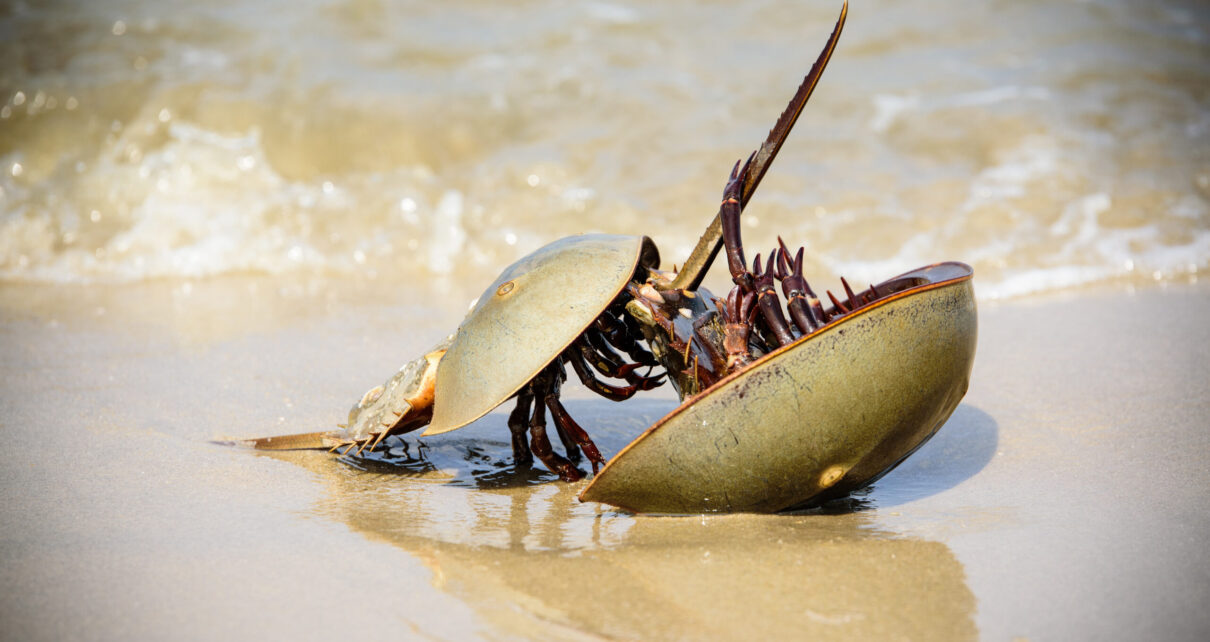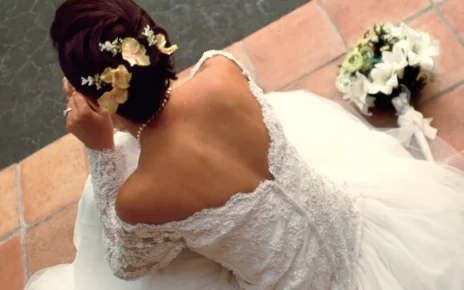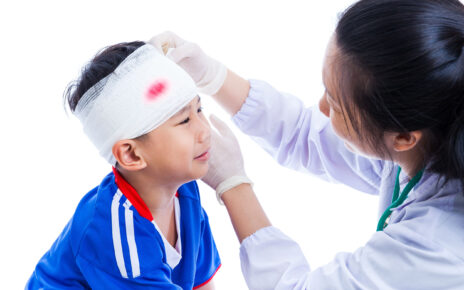The pharmaceutical industry, in fact, uses a substance extracted from its blood in a test, called limulus amebocyte lysate assay or LAL, which verifies the absence of harmful microbes in drugs, vaccines or medical devices such as artificial kidneys (such as also in water and industrial materials).
The horseshoe crab is a marine arthropod of the Merostoma class, whose body is protected by a rounded, horseshoe-shaped armour, which extends into a long caudal spine.
It’s difficult for predators to tip it over to expose its soft underbelly, so it was its smooth, curved shell that helped it survive for so long.
In fact, horseshoe crabs have been scampering unchanged along the Atlantic coasts of America and in the seas of Southeast Asia since the Ordovician era, 445 million years ago!
Not bad for an animal that looks like a helmet or a fancy mouse.
Horseshoe crabs live in shallow coastal marine waters, which are often polluted: one liter of that water can contain over a trillion toxic bacteria.
If they manage to survive, in the absence of an immune system, and without the ability to develop antibodies to fight infections, it is thanks to the presence in their blood of a reagent capable of neutralizing viruses and bacteria by coagulating around them.
And it is precisely this particular property that is exploited for LAL.
To recognize the presence of any bacterial endotoxins in pharmacological products (and more generally in water and in anything intended for medical or industrial uses), to ensure that drugs or implants are sterile, not contaminated, simply expose them to the LAL: if not they coagulate, they’re fine, they pass the test.
Unlike human blood, the (precious) blood of horseshoe crabs does not contain hemoglobin, which uses iron to transport oxygen, but hemocyanin, which uses copper.
As a result, when in contact with air it turns blue due to the oxidation of hemocyanin.
To obtain their blood, which sells for about $15,000 a litre, horseshoe crabs are collected and “milked” rather than killed.
Up to a thousand of them are collected a week, by hand, from small boats with a clam rake, and brought alive to the laboratory, where needles are inserted near their hearts to extract 30% of their blood.
Subsequently, they are brought back into the sea: the horseshoe crab will take about a week to recover and recover the quantity of blood fluid extracted, but, unfortunately, 10-30% of the specimens put back into the water do not survive, dying from bleeding.
The “bloodletting” is performed once a year and the blood is freeze-dried and shipped around the world.
In addition to having extraordinary blood, which we now know can even detect meningitis and cancer (the same test is used to detect cancer cells), horseshoe crabs also tolerate extreme heat and cold and can survive for a year without eat.
And even when they do it (eat, I mean), they are decidedly original.
Under the armor move the 8 legs equipped with spines that converge towards the center of the body, where the mouth is located: they are used for chewing.
In other words, horseshoe crabs can only eat while walking.
Furthermore, they have ten eyes.
Which is a bit paradoxical if you consider that Polyphemus, the giant of Greek mythology whose name they bear, only had one eye.







